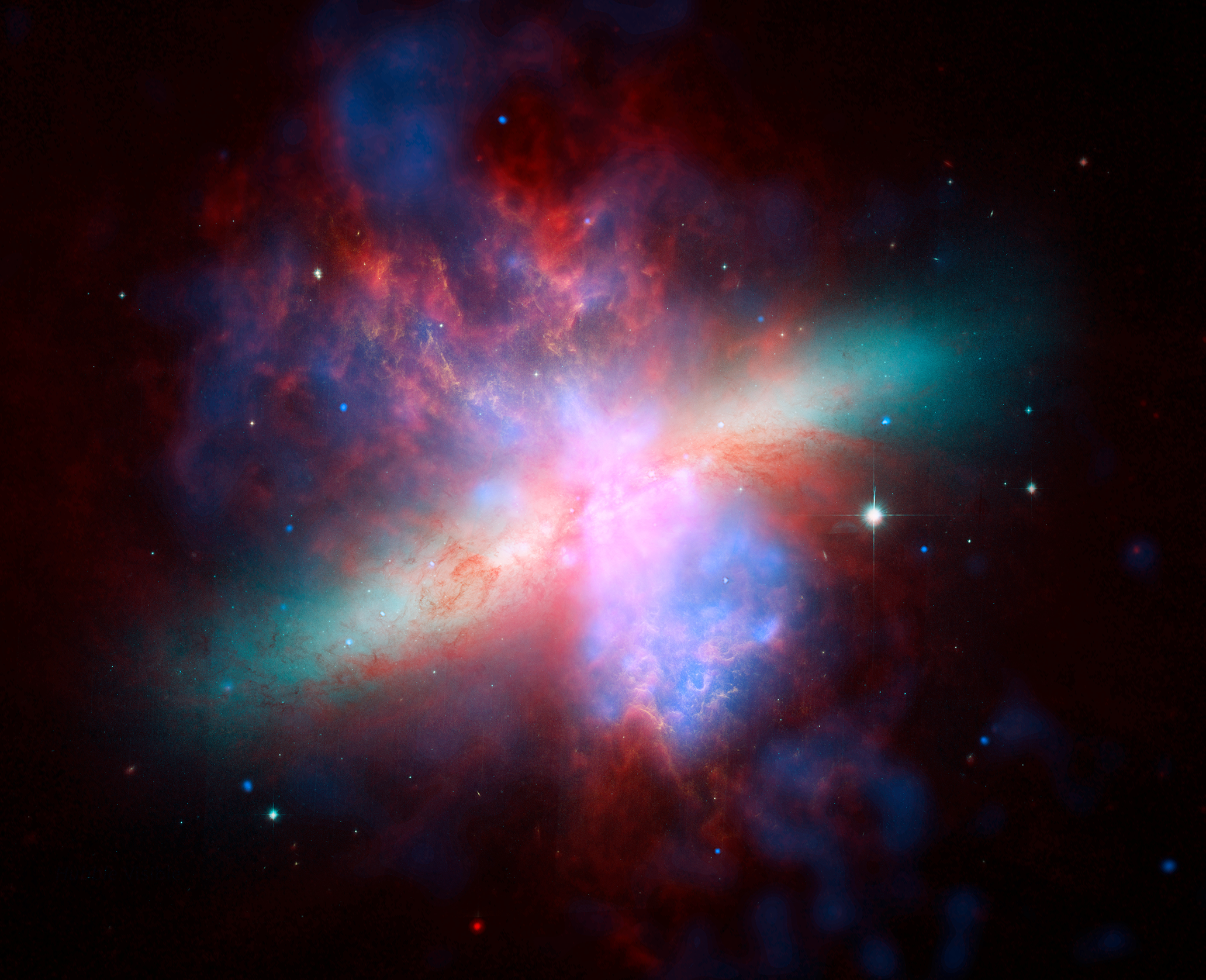Star formation is a fundamental problem of astrophysics and cosmology: The first massive stars in the universe contributed to its re-ionization; stars are a dominant energy source to the interstellar medium (ISM) of galaxies and control their chemical enrichment; the collapse of protostars is accompanied by the formation of ircumstellar disks harboring the formation of planetary systems. Stars are formed in cold interstellar clouds by the interplay of turbulence, gravity, magnetic fields, radiation, chemistry, and dust dynamics. This physical complexity and the large range of scales of these processes have so far prevented a fully self-consistent theory of star formation.
Star formation is a challenging observational problem as well, since it takes place in high-density cores where the very high extinction makes almost impossible the observations in visible or near-infrared wavelengths. The study of star formation requires observations at millimeter and submillimeter wavelengths with radio telescopes in the ground, and far- and mid-infrared wavelengths with space telescopes. Observations with both high-angular resolution and large fields of view are needed to gain insight on the collapse of individual stars and on the statistical properties of the process, such as the star formation rate and the stellar mass distribution.
OUR CONTRIBUTION
The interaction between theory and observations is achieved through the development of synthetic observations, that is by predicting the outcome of observations based on numerical simulations of star formation.
On the observational side, the star-formation group specializes in studying the kinematics and fragmentation of star-forming cores, and the structure and dynamics of circumstellar disks, looking for early signatures of planet formation. The group also contributes to the characterization of the role of the magnetic field in the star-formation process, and in the launching and collimation of the astrophysical jets associated with young stellar objects and planetary nebulae, using dust-continuum polarization measurements. On the theoretical side, the group carries out some of the largest numerical simulations of star formation to date, using adaptive-mesh-refinement methods and zoom-in simulations to cover a large range of scales, from hundreds of parsecs to few AU scales. One of the key contribution is the study of the role of interstellar turbulence.
ICCUB researchers seek to acquire a perspective as wide as possible by combining observational programs, ranging from the optical to the radio domain, within theoretical efforts, both analytical and computational.

LINES OF RESEARCH
- High-angular resolution observations of the first stages of stellar evolution
- Outflows, jets, and accretion disks in low- and high-mass young stellar objects
- Jets in planetary nebulae
- Computational models of star-forming clouds and star formation
- Interstellar-medium turbulence